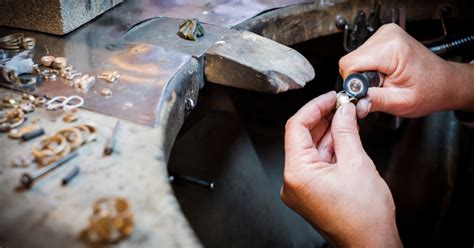Dust & Damage? How to Clean Your Precious Cards
For collectors, trading cards aren't just pieces of cardboard; they're investments, pieces of history, and often, cherished memories. Protecting these valuable assets from dust and damage is paramount. But accidents happen, and sometimes, a cleaning is necessary. This guide provides a comprehensive approach to cleaning your precious cards safely and effectively, minimizing risk and maximizing their longevity.
What are the Biggest Threats to My Trading Cards?
Before we delve into cleaning, let's understand the enemies of your cards:
- Dust: A seemingly innocuous threat, dust can accumulate and dull the card's surface, potentially causing discoloration over time. More seriously, dust particles can scratch the card's surface during handling.
- Fingerprints: Oils and acids from our skin can degrade the card's surface and lead to discoloration or sticky residue.
- Scratches: These can range from minor surface abrasions to deep gouges, significantly impacting value and appearance.
- Water Damage: Exposure to even a small amount of water can cause warping, discoloration, and irreversible damage.
- UV Light: Prolonged exposure to ultraviolet (UV) light can cause fading and deterioration of the card's colors and image.
How Do I Clean My Trading Cards Safely?
Cleaning trading cards requires a delicate touch. Harsh chemicals or abrasive materials can do more harm than good. Here's a step-by-step approach:
-
Assessment: Before you begin, carefully examine the card for any significant damage. Deep scratches or water damage usually require professional restoration, not home cleaning.
-
Preparation: Gather your supplies: a soft, lint-free cloth (microfiber is ideal), soft-bristled brush (like a makeup brush or a very soft artist's brush), and distilled water (tap water can contain minerals that can leave residue). Avoid using paper towels, as they can scratch the surface.
-
Dusting: Gently brush away loose dust and debris using the soft-bristled brush. Work in the direction of the card's artwork to avoid scratching.
-
Cleaning: If dusting isn't enough, dampen a small section of your lint-free cloth with distilled water (only slightly damp – avoid soaking the cloth). Gently wipe the card's surface in a single direction, following the grain of the card's artwork. Never rub back and forth.
-
Drying: Allow the card to air dry completely on a flat, clean surface away from direct sunlight or heat.
-
Storage: Once dry, store your card in a protective sleeve and toploader to shield it from further damage and the elements.
What About Specific Types of Damage?
How do I clean a sticky or oily card?
For sticky or oily residue (often from fingerprints), try using a very slightly damp cloth with distilled water. If that's ineffective, consult a professional card grading and restoration service. Never use harsh solvents or chemicals.
Can I clean a card with a scratched surface?
Unfortunately, scratches are usually permanent and difficult to remove safely at home. While very minor surface scratches might be slightly less noticeable after careful cleaning, deeper scratches will require professional restoration.
How do I handle water damaged cards?
Water damage is serious. Do not attempt to clean a water-damaged card yourself. The best course of action is to consult a professional card restoration specialist.
How Often Should I Clean My Trading Cards?
The frequency of cleaning depends on the storage environment and handling. Regular dusting (every few months) is usually sufficient for cards stored in protective sleeves and toploaders. If your cards are frequently handled, more frequent dusting may be necessary. Always prioritize careful handling to minimize the need for cleaning.
Where Can I Find Professional Card Restoration Services?
If your cards have suffered significant damage, seeking professional restoration is advisable. Several companies specialize in card grading and restoration, and a quick online search will reveal options in your area. Remember to choose reputable services with positive reviews.
By following these steps and prioritizing careful handling and storage, you can significantly extend the life and value of your precious trading cards. Remember, prevention is always better than cure, so investing in proper storage solutions is key to preserving your collection for years to come.

